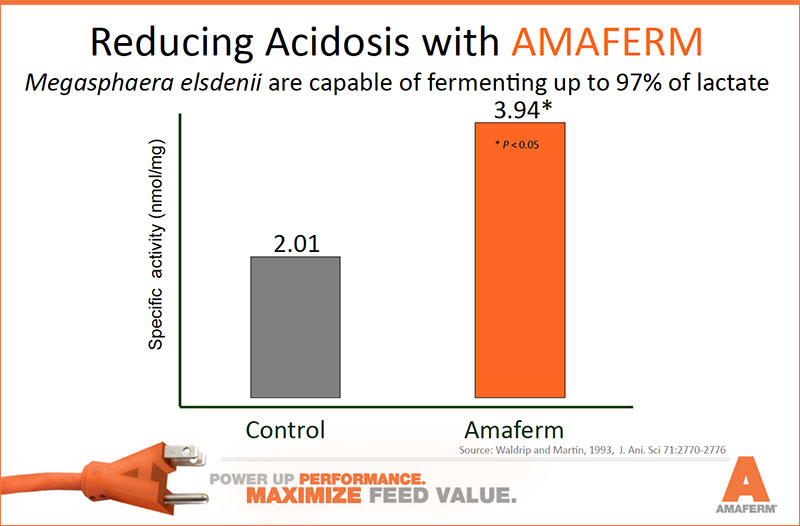One of the digestive health-related issues that can arise in horses is a condition called hindgut acidosis. This generally refers to an increase in acidity in the cecum and/or colon. Hindgut acidosis may have a multitude of effects on horse health and performance.
Unfortunately, hindgut acidosis is generally a result of the well-intended horse owner and how they feed the horse. This is because the horse God created had a lifestyle pattern very different from that of the horse of today. But the design of the digestive system in a horse reflects the natural lifestyle and feeding patterns, and does not naturally accommodate today’s common feeding regimens. These differences in feeding may lead to digestive imbalance, including hindgut acidosis, which has observable effects on the horse’s attitude and performance.
The horse’s relatively small stomach, which secretes acids continuously, is designed to accommodate a small and continuous flow of high fiber material – the result of constant grazing on grass. How we feed horses today is very different than this model. Horses are commonly fed just two or three times a day and their diets consist of large amounts of processed grain feed. Both of these are completely different from how horses function in nature and can quickly lead to digestive problems in horses.
One major consequence of typical feeding practices is a high concentration of sugars and simpler starches in the diet. These simple carbohydrates have significant potential to reach the horse’s hindgut undigested – instead of being absorbed in the small intestine where carbohydrates ought to be.
When undigested starch and sugars reaches the hindgut, the microbial fermentation process in the cecum produces a higher level of lactic acid. This creates a more acidic environment in the hindgut (lowering the pH), resulting in the state known as hindgut acidosis.
Hindgut acidosis is itself a health risk, as the lower pH can kill beneficial bacteria and allow dangerous pathogens to prosper – the beginning of more serious digestive distress.
 A high volume of lactic acid in the bloodstream may also reduce the ability of the horse’s muscles to clear lactic acid that builds up during exercise. This may, in turn, lead to a slower recovery from exercise or tying up. Hindgut acidosis is also known to lead to laminitis. In fact it is believed that many diagnosed lameness issues are more impacted by acidosis than is actually realized.
A high volume of lactic acid in the bloodstream may also reduce the ability of the horse’s muscles to clear lactic acid that builds up during exercise. This may, in turn, lead to a slower recovery from exercise or tying up. Hindgut acidosis is also known to lead to laminitis. In fact it is believed that many diagnosed lameness issues are more impacted by acidosis than is actually realized.
The best approach to resolve these challenges is allowing the horse to live as nature intended, with plenty of turnout, constant access to quality grazing or forage and small grain meals fed multiple times a day, but for many horses their lifestyle of grazing in herds is a dream of the past.
So an alternative is taking a natural approach to managing the opportunity to enhance digestion through additives that stimulate the bacteria that take up this lactate acid produced. Amaferm is research proven to increase lactate uptake, resulting in less acidosis. Adding it to a feeding regime can have both short and long-term impact to the health of digestion in the horse. Healthy digestion leads to success in whatever success is defined to be.

